Affiliate links on Android Authority may earn us a commission. Learn more.
Moto G Power and Moto G Stylus hands-on: Moto's remarkable mid-rangers
Published onFebruary 7, 2020
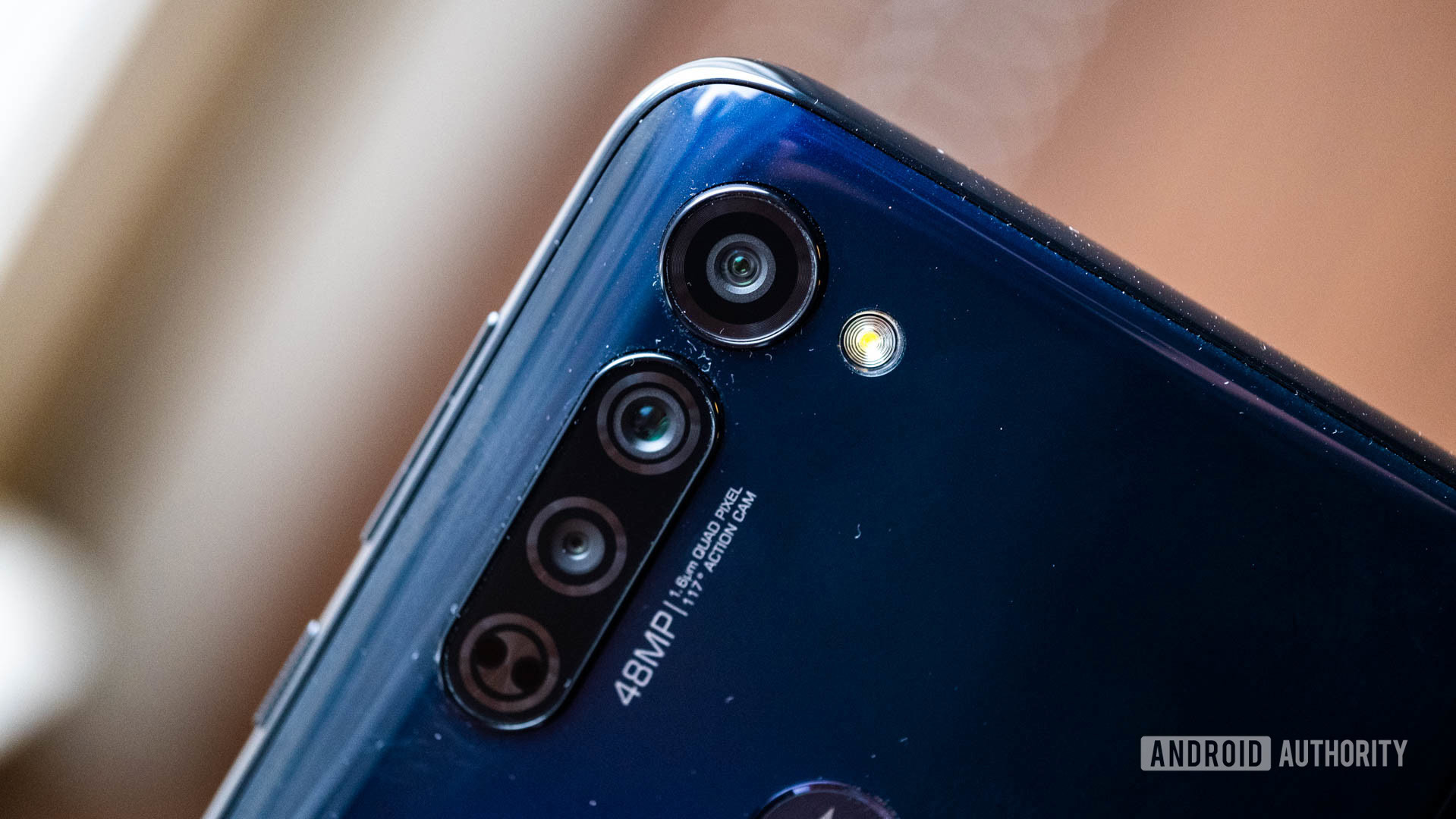
Motorola today announced two new affordable smartphones, the Motorola Moto G Power and Moto G Stylus. These low-cost devices boast big batteries, triple camera setups, and Motorola’s tasteful software. More importantly, they have price points that fall below $300.
Can these phones keep Moto’s G mojo a-truckin’?
What’s in a name?
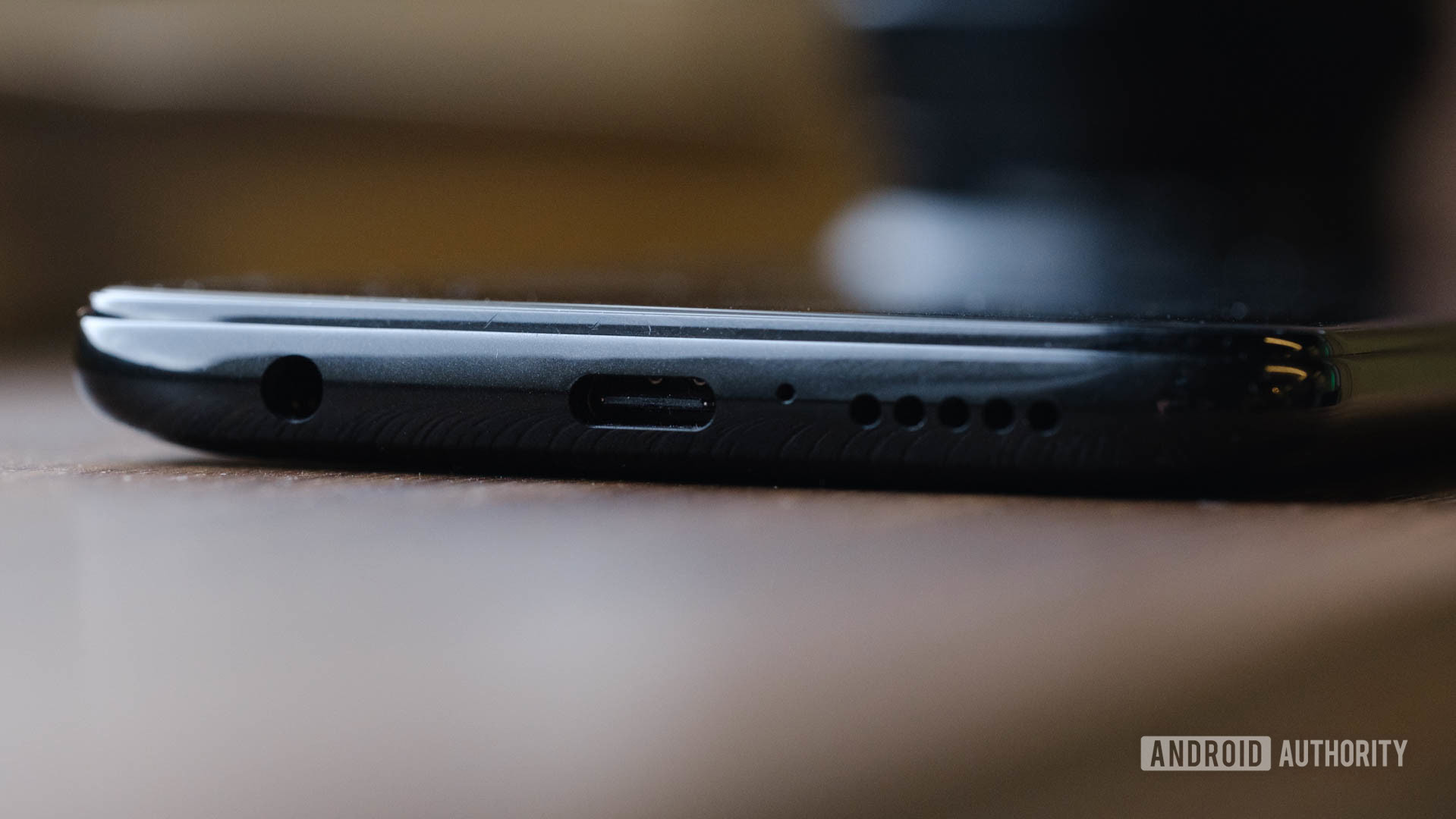
First up, you may notice something missing from the name. That’s right, there’s no “8” attached to these device names as expected. Instead of the Moto G8, they are now simply the Moto G. If necessary, Motorola will refer to them as the 2020 Moto G family to differentiate the Moto G Power and G Stylus from the G7 and earlier generations.
The names clearly give away the phones’ major functions. The Moto G Power has a massive battery and claims multi-day battery life, while the Moto G Stylus packs a … you guessed it … removable stylus. These phones go head to head with similarly named affordable offerings from LG.
Believe it or not, the G series is Motorola’s bread and butter. The company sells these phones in huge numbers, particularly in South America. It’s important for Motorola to get them right. Based on our initial impressions, things are looking good.
What’s the same?
Plenty. The phones share the same basic look, materials, design, and screens.
The phones have matching 6.4-inch Full HD+ Max Vision displays. Motorola said it wanted to bring big entertainment to the table. The screens go nearly edge to edge. A punch-hole camera accents the top-left corner of the displays, which means there’s no notch. The bezels are minimal, though some people will likely complain about the chin. I thought the displays looked bright and colorful.
While the front surfaces are glass, the rear chassis’ are made of plastic. Motorola did not give the plastic a fancy name. Where the Moto G Power has a ribbed pattern under the glossy coating, the Moto G Stylus has a shimmery gradient. Fingerprint grime forms an unwelcome coat of oil that mars the shiny surfaces. Ew.
The phones are big and heavy — larger than the Google Pixel 4 XL. They don’t come across as cheap, but they don’t feel like flagships, either. About the only thing I legit didn’t like about the hardware were the physical controls. The power key and volume toggle, both of which are on the right edge, are wiggly and cheap feeling.
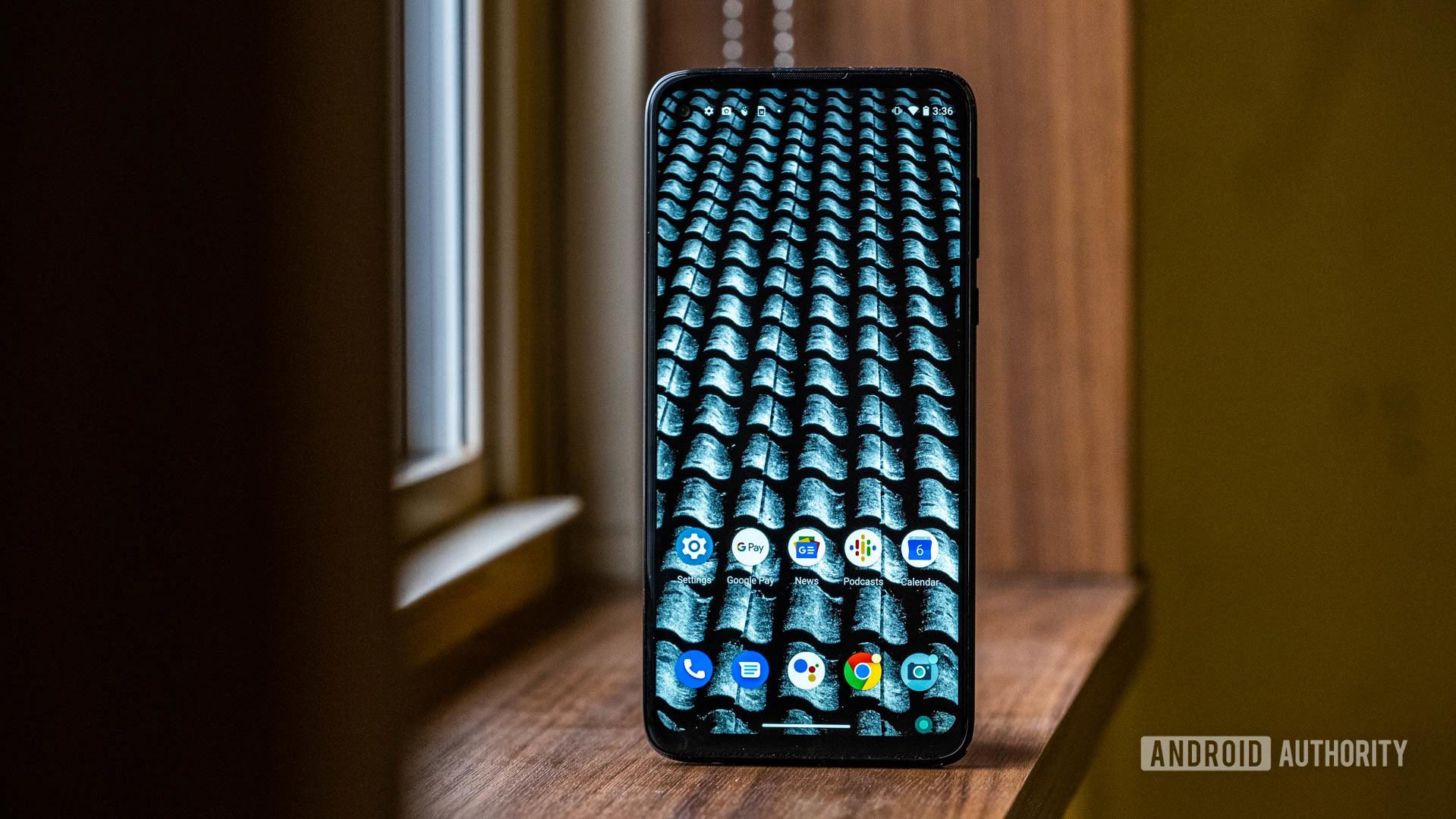
Qualcomm’s Snapdragon 665 system-on-a-chip provides the processing power for the phones and each offers 4GB of RAM and either 64GB or 128GB of storage. The units on hand felt snappy and quick when we took the software for a spin. Screens transitioned smoothly and apps opened in a blink.
Other shared features include USB-C, Dolby-tuned stereo speakers, and fingerprint readers built into the batwing Moto emblem on the rear.
What’s the diff?
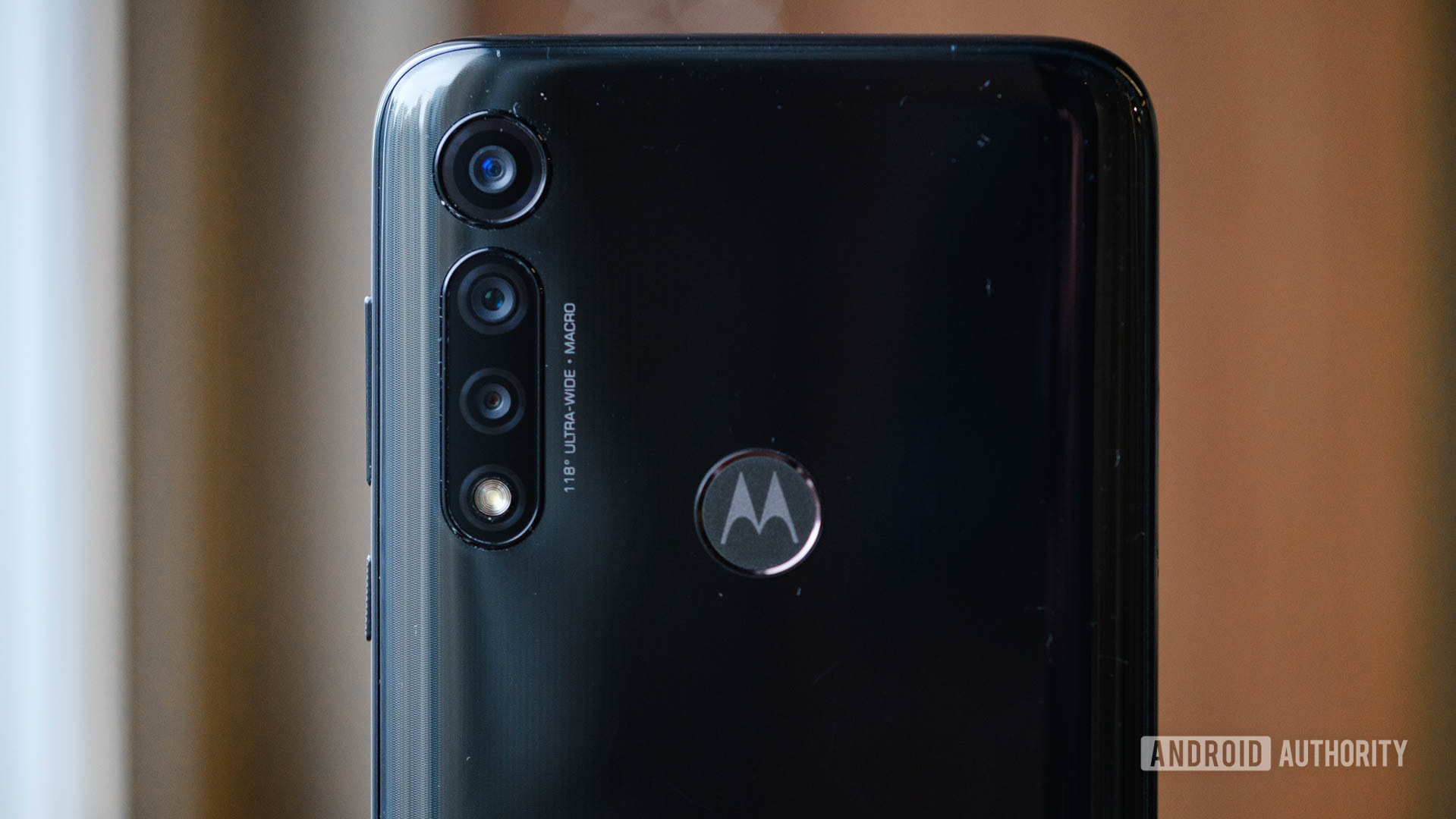
The Moto G Power has a 5,000mAh battery packed inside. That’s a massive power cell. It is capable of delivering up to three days of battery life, says Motorola. This is good for 150 hours of music playback or 27 hours of video binging.
A three-camera system adorns the rear. The offerings on tap include a 16MP main shooter, an 8MP ultra-wide cam that captures a 118-degree field of view, and a 2MP macro camera for extreme closeups. This is similar to the arrangement we saw on several Moto One phones last summer. Motorola says the macro camera permit you to get five times closer to your subject, which can be cool when taking shots of flowers and similar. I’m not so sure people want macro cameras instead of telephoto cameras.
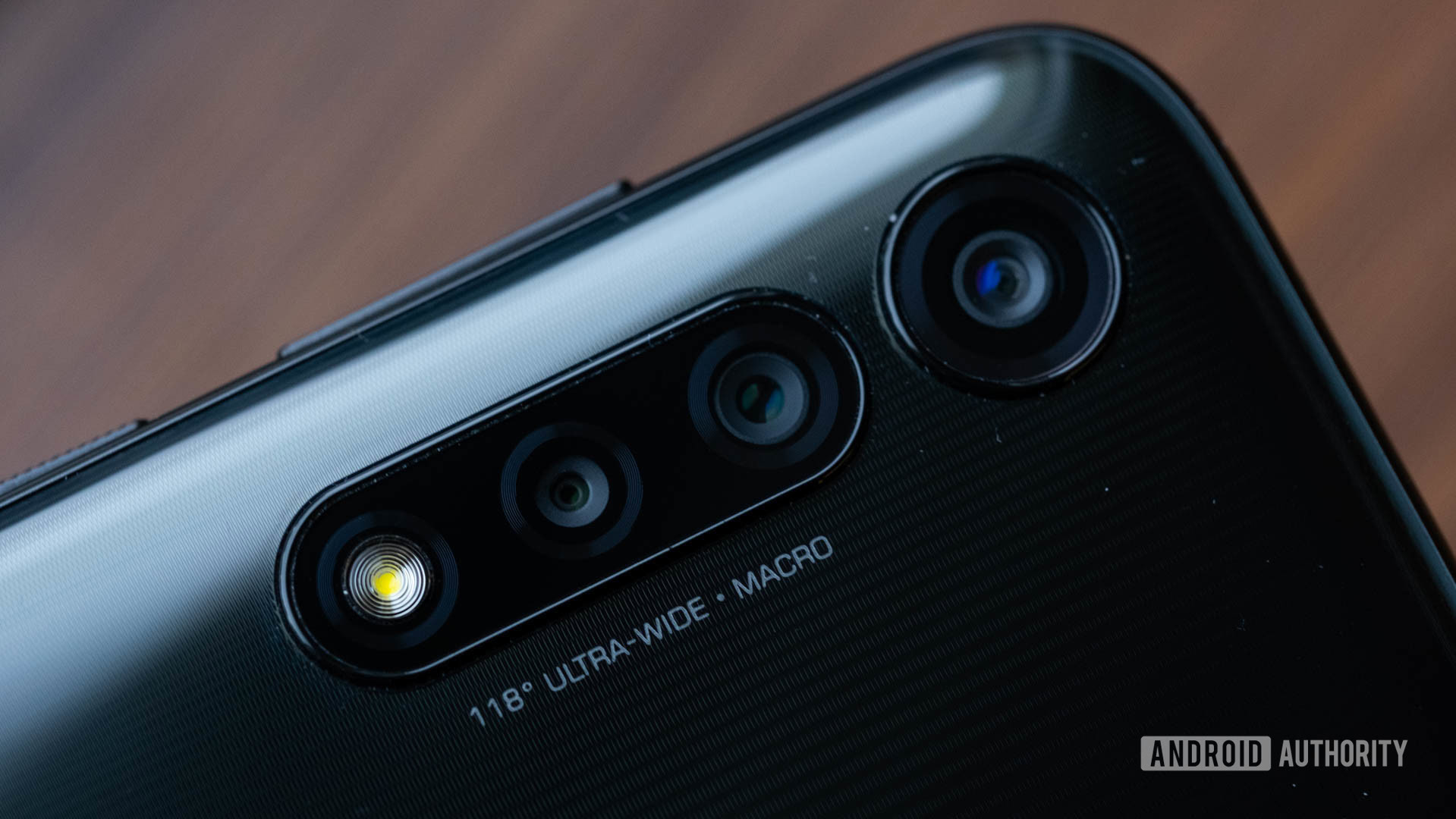
As for the Moto G Stylus, the battery is slightly smaller at 4,000mAh. Motorola says it is good for two days of battery life, which is still quite good. (By the way, both phones support 10W wired charging.)
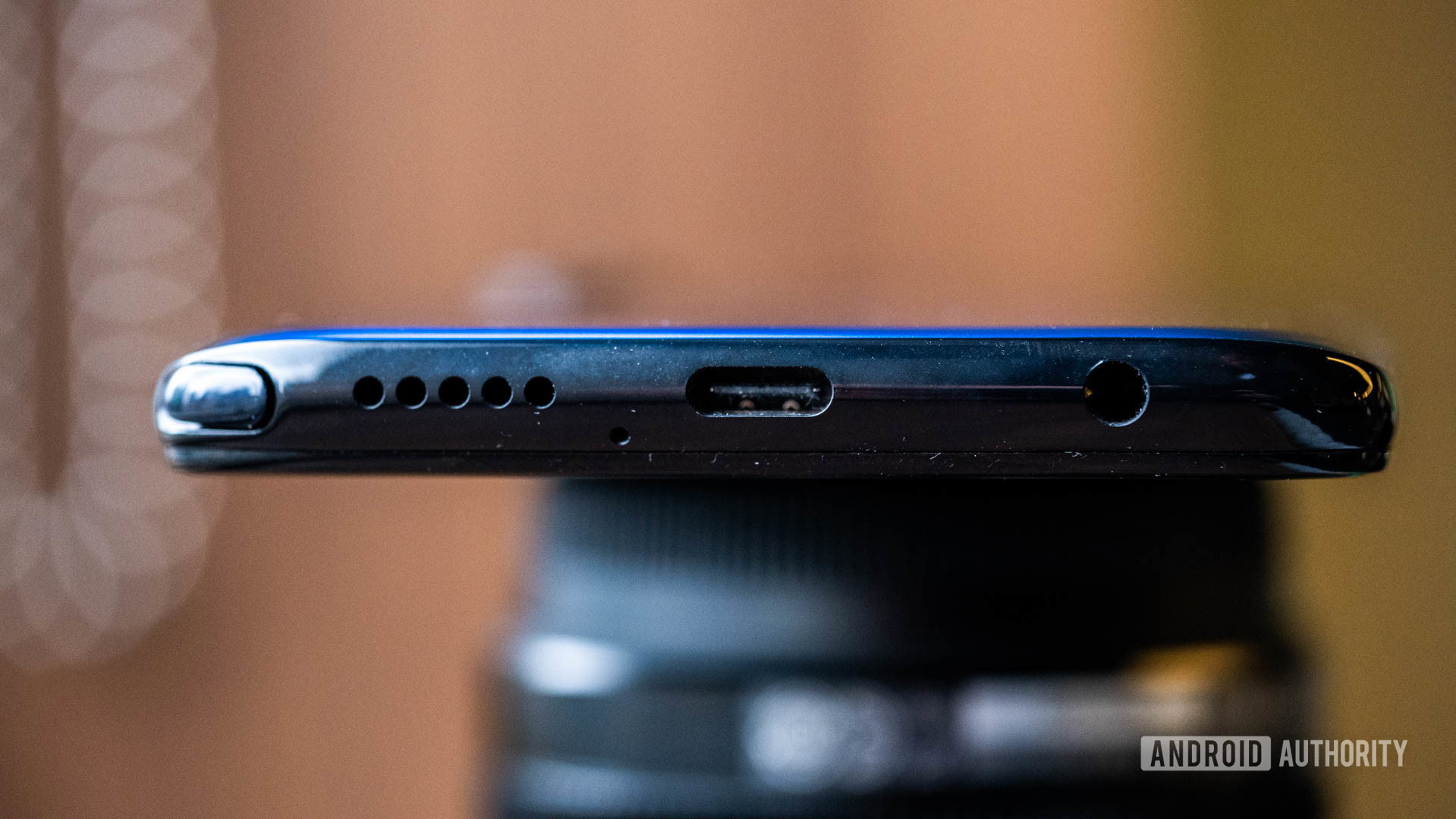
The Stylus’ imaging arrangement focuses on a 48MP main camera at f/1.7 that bins shots down to 16MP. There is a 16MP action cam that shoots video at 117 degrees wide. It also allows you to shoot widescreen video when holding the phone vertically. This is similar to the Moto One Action. The Stylo has a 2MP macro camera, just like the Power. Both Motorola phones have 16MP selfie cams.
Software features for the cameras include night vision, cinemagraph, portrait, and shot optimization. Google Photos is the default gallery app.
The stylus is a thin accessory that’s buried in the bottom of chassis of the Stylus. It’s easy to pull out with a fingernail. It’s a simple capacitive pen and does not support fancy features such as Bluetooth. I found it to be a bit thin and uncomfortable to use when compared to the Samsung Galaxy Note 10’s S Pen.
What’s the ‘ware?
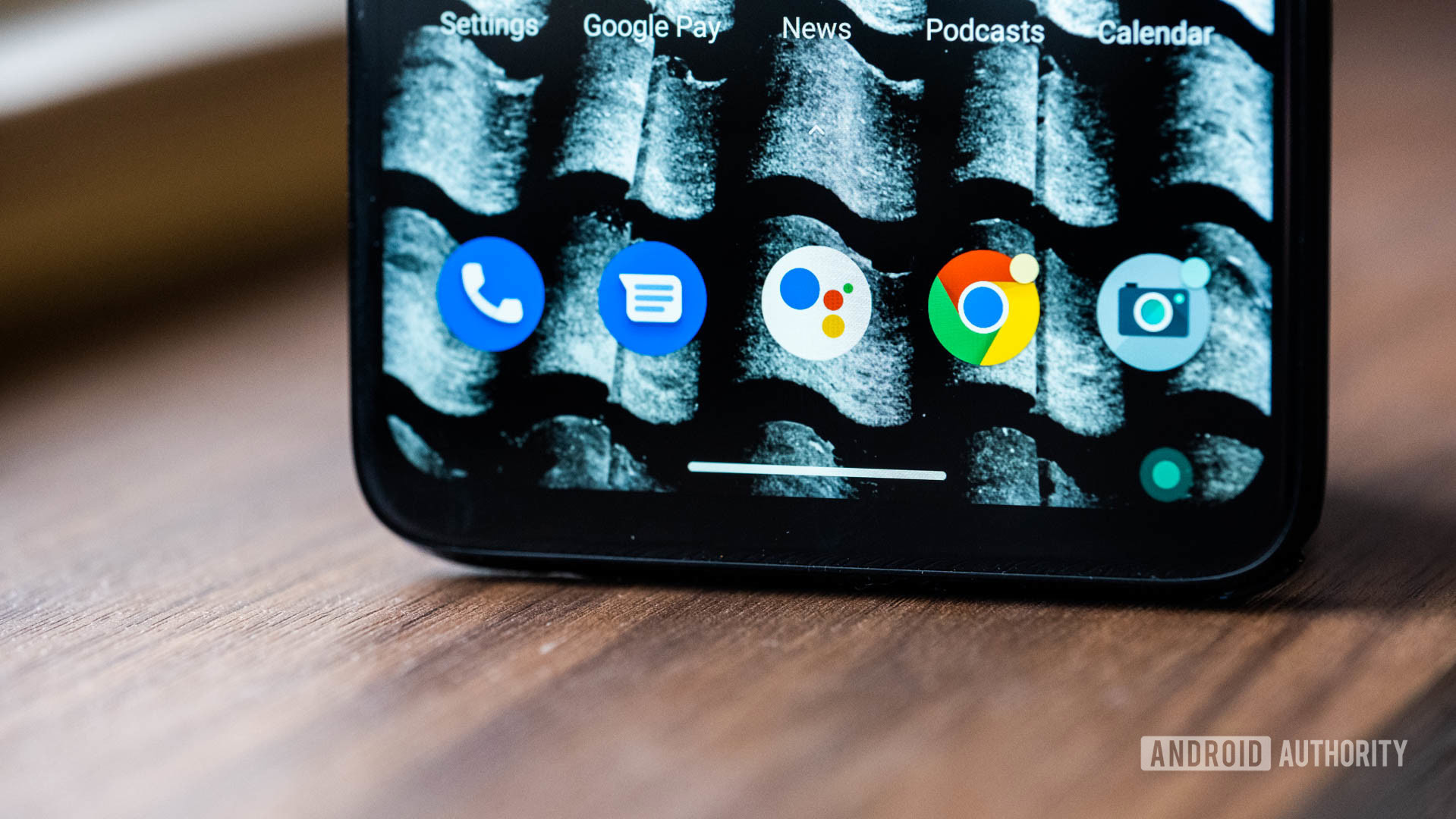
The Moto G Power and Moto G Stylus ship with Android 10. The software will of course be enhanced by Motorola’s classy additions.
For example, the Moto App allows users to fully customize the always-on display, as well as set gesture controls, such as chopping the phone twice to turn on the flashlight or twisting your wrist to launch the camera.
Something new this year is Moto Gametime. This function allows people to make adjustments to notifications and power settings for the best gaming experience.
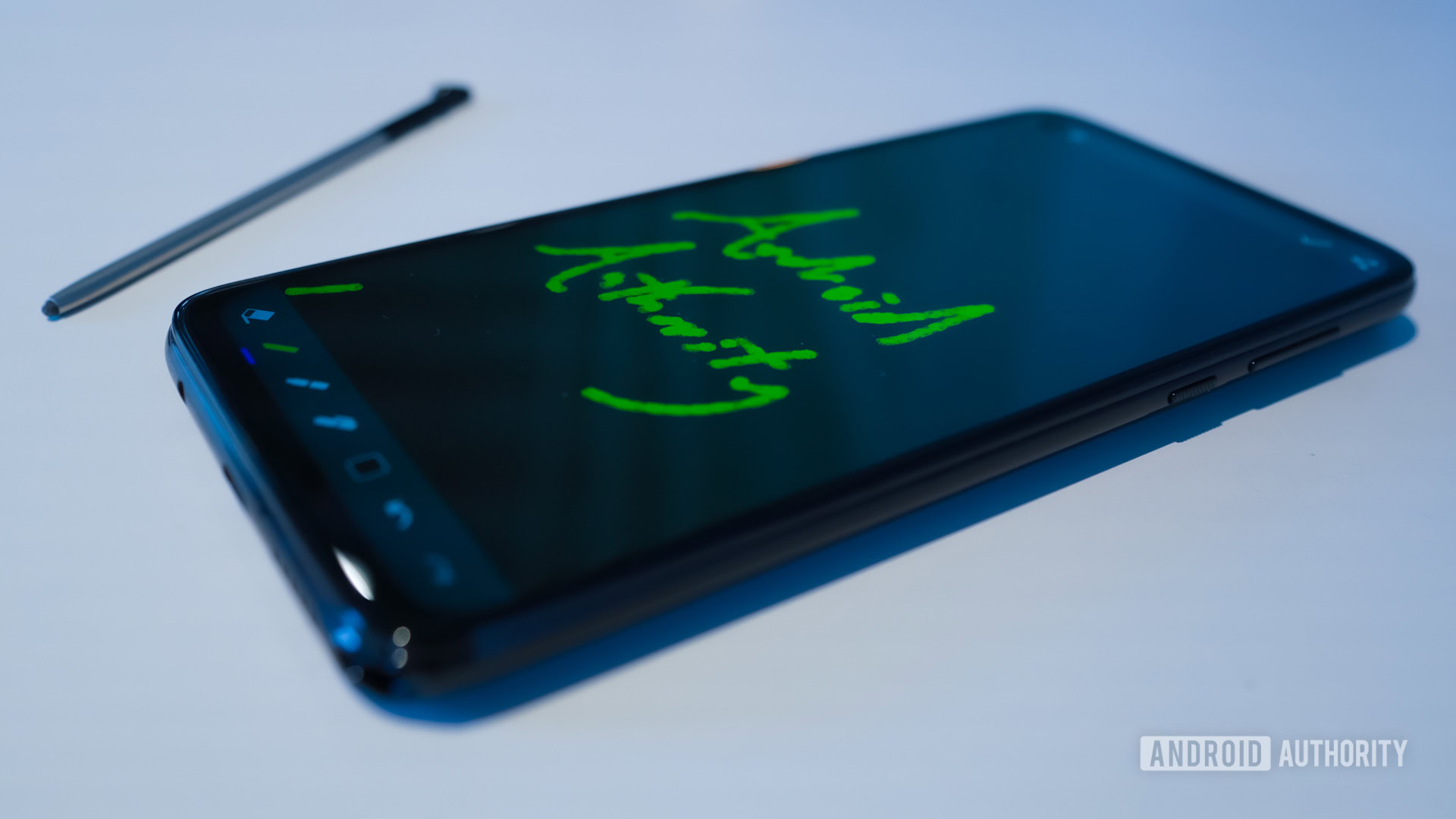
On the Stylus, the new Moto Note app opens automatically every time you remove the stylus. You can draw, write, or otherwise scribble something on the screen and the phone saves it automatically. Neat.
How much and when?
Motorola has set some attractive prices for these phones. The Moto G Power costs $249 and the Moto G Stylus costs $299. The phones will go on sale unlocked first. You’ll be able to find them at Motorola.com, B&H Photo, Best Buy, Amazon, and Walmart.
The G Power will reach Verizon, Metro by T-Mobile, and Consumer Cellular. Meanwhile, the G Stylus will hit Verizon, UScellular, Consumer Cellular, Republic Wireless, and Xfinity.
The Motorola Moto G Power and Moto G Stylus go on sale later this spring.
These phones are not the most impressive I’ve ever seen, but they offer a good value. The price points are quite appealing considering what you get. What worries me most is the middling performance we saw from the Moto One devices last year. If these new devices are anything like those, Motorola may be in trouble. If the G Stylus and G Power represent a step up in performance, then Motorola’s outlook is brighter. Let’s hope for the latter.